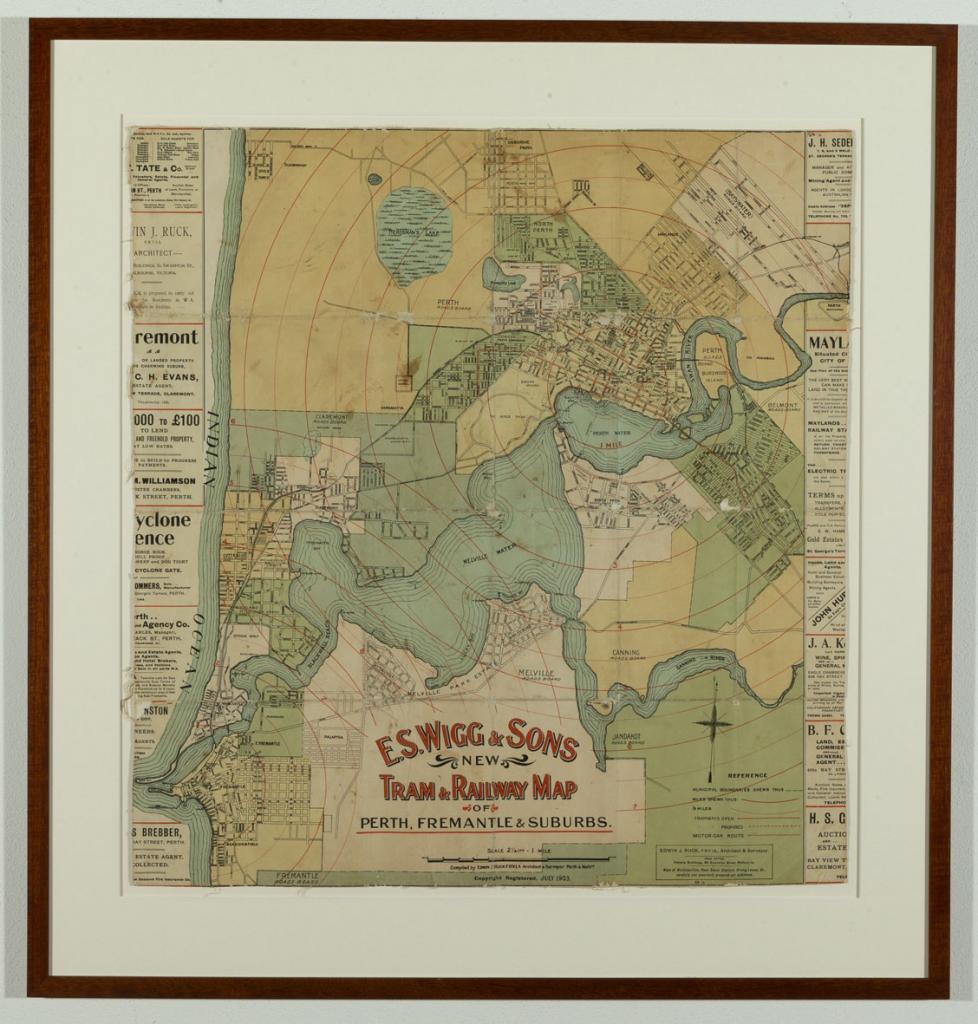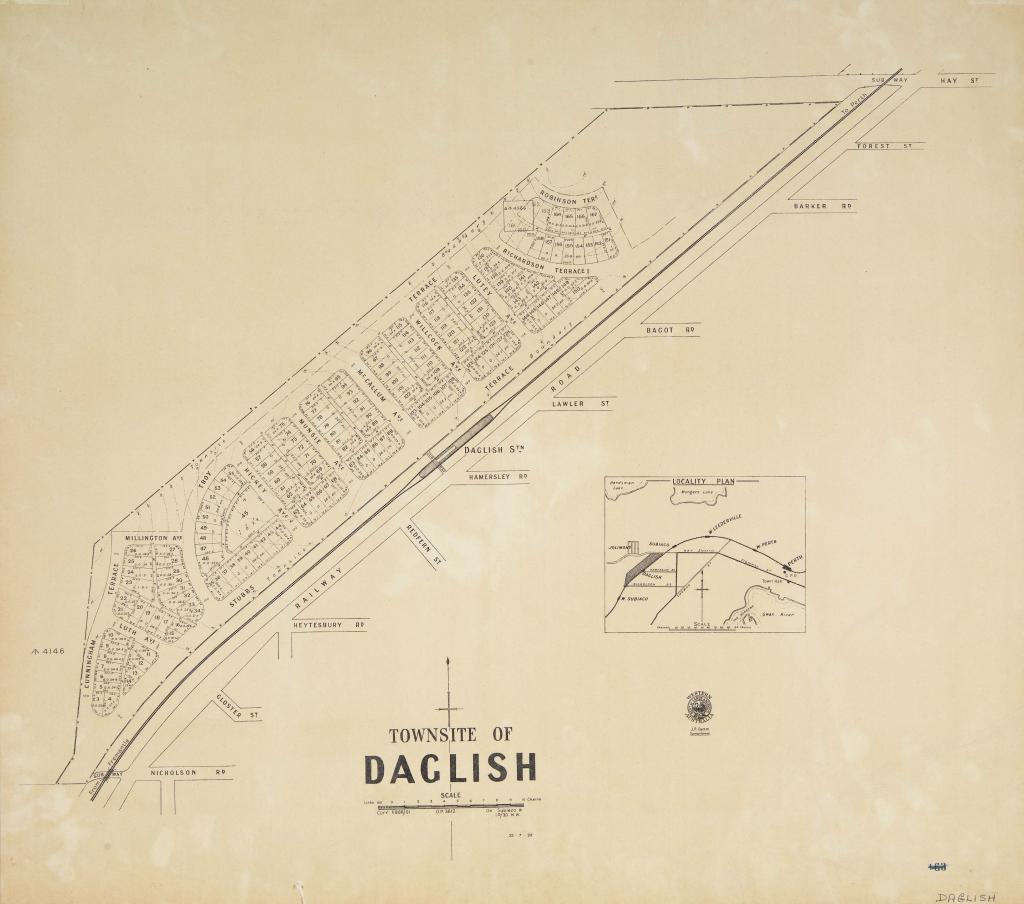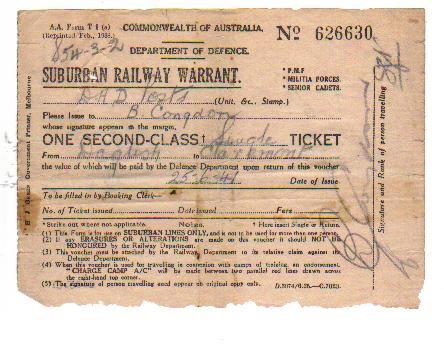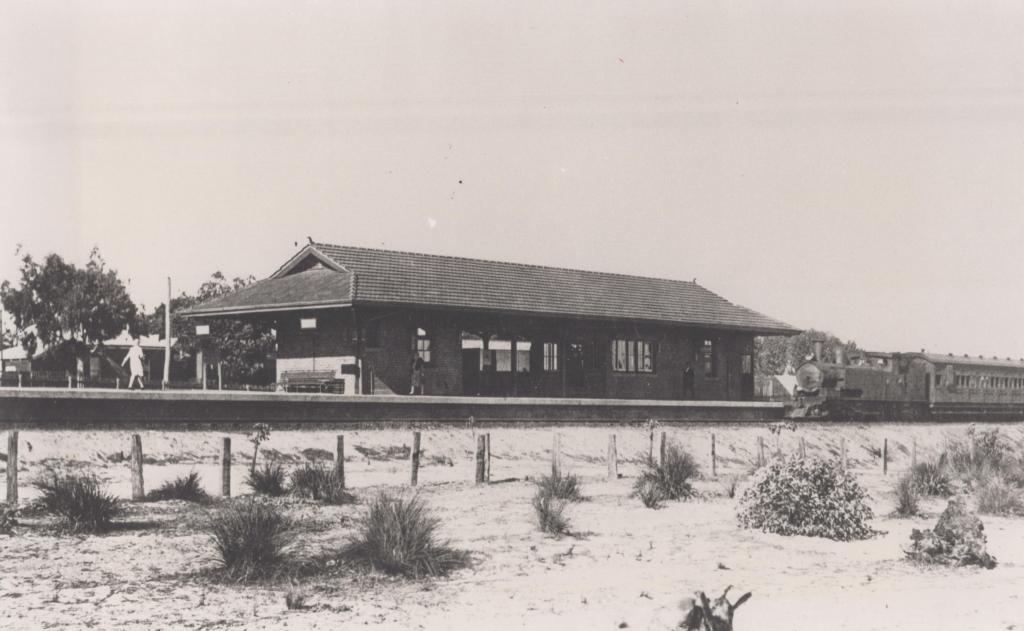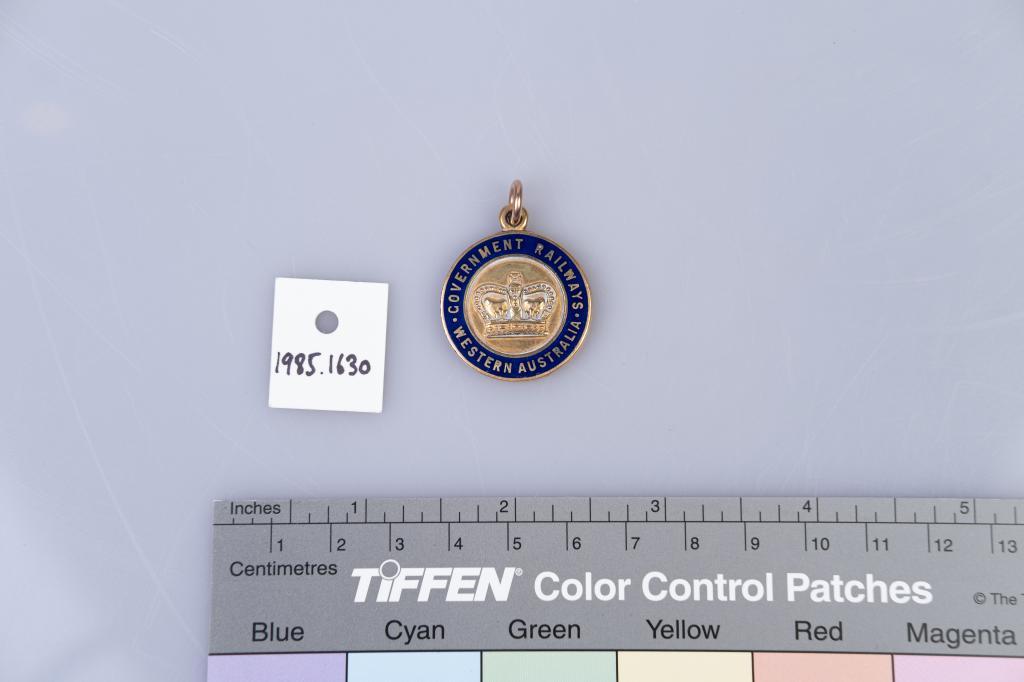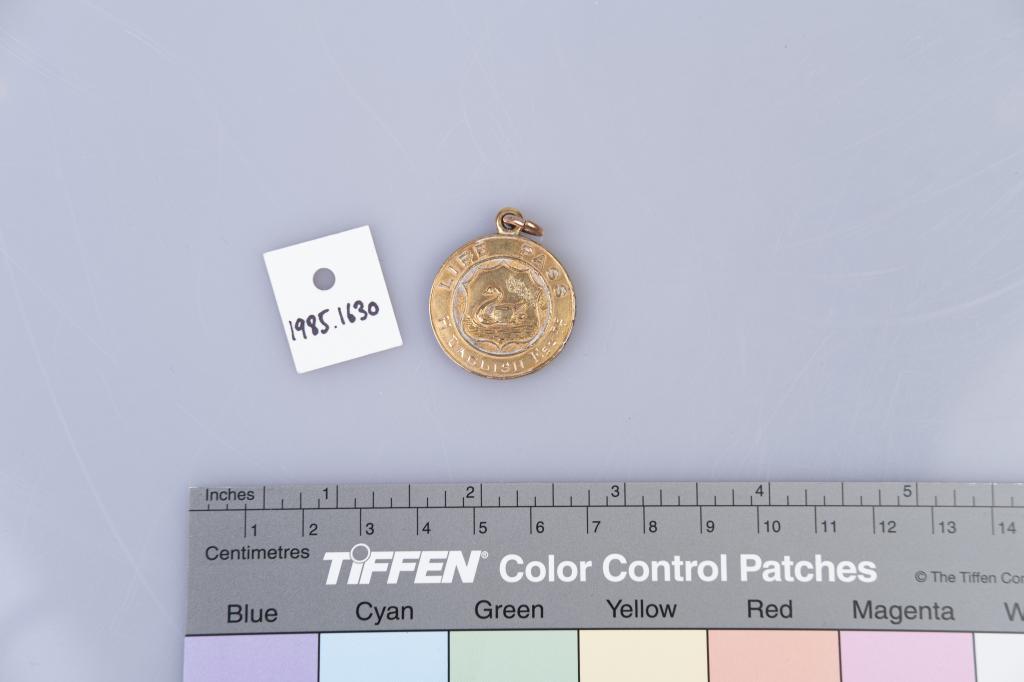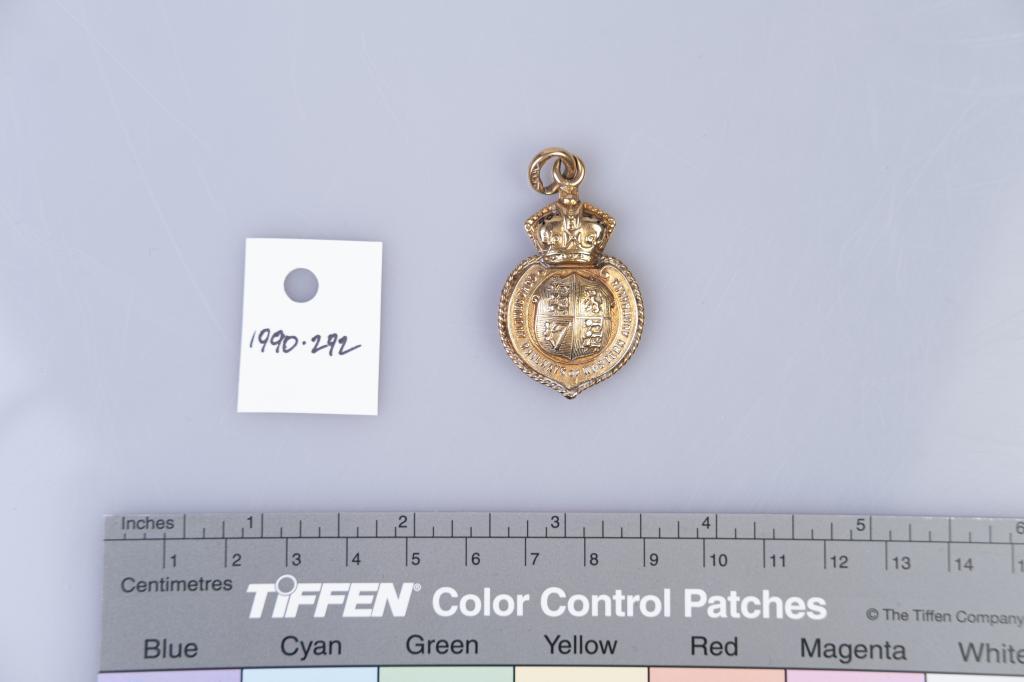Celebrating 100 Years
Subiaco Museum
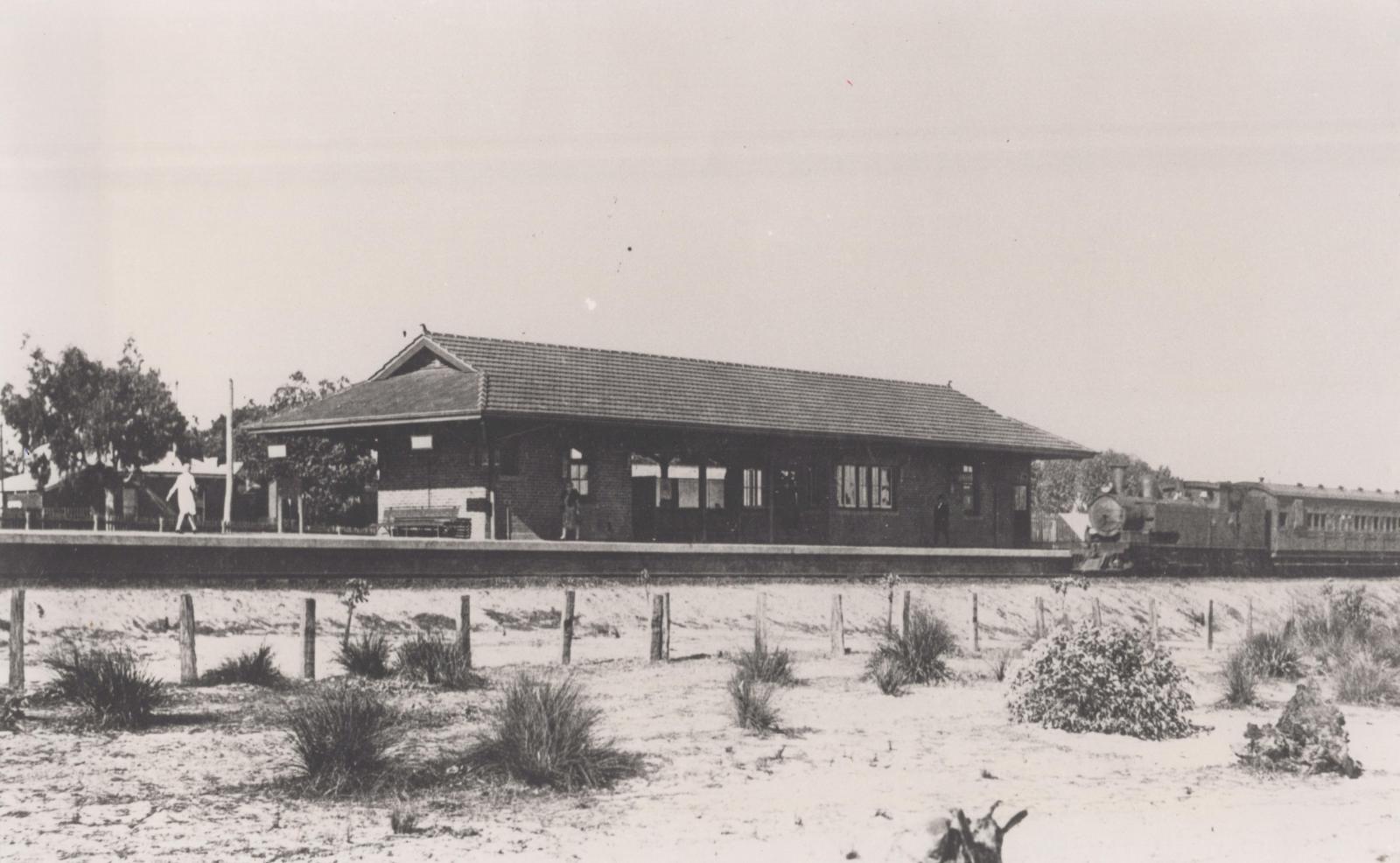
Daglish Train Station
Subiaco Museum Collection, 2004.117
Daglish Railway Station and Subway was built in between the Subiaco and West Subiaco (Shenton Park) stations to serve the growing population of Subiaco. After the First World War, the railway stations serving the Subiaco municipality were well-patronised. By 1920, many Subiaco residents felt that another platform was necessary to accommodate the demand for transport. As a result, Council lobbied the Minister for Railways and the Premier of Western Australia for the construction of a new railway station in the vicinity of Lawler Street, Subiaco. Council’s appeal was successful, with construction commencing in 1923.
The new ‘Lawler Street Station’ (as it was frequently referred to prior to its completion) was opened in mid-1924. It was officially named ‘Daglish Station’ after former Subiaco Councillor, Mayor and first Labor Premier of Western Australia Henry Daglish, who had died in 1920 after living in Subiaco for 22 years.
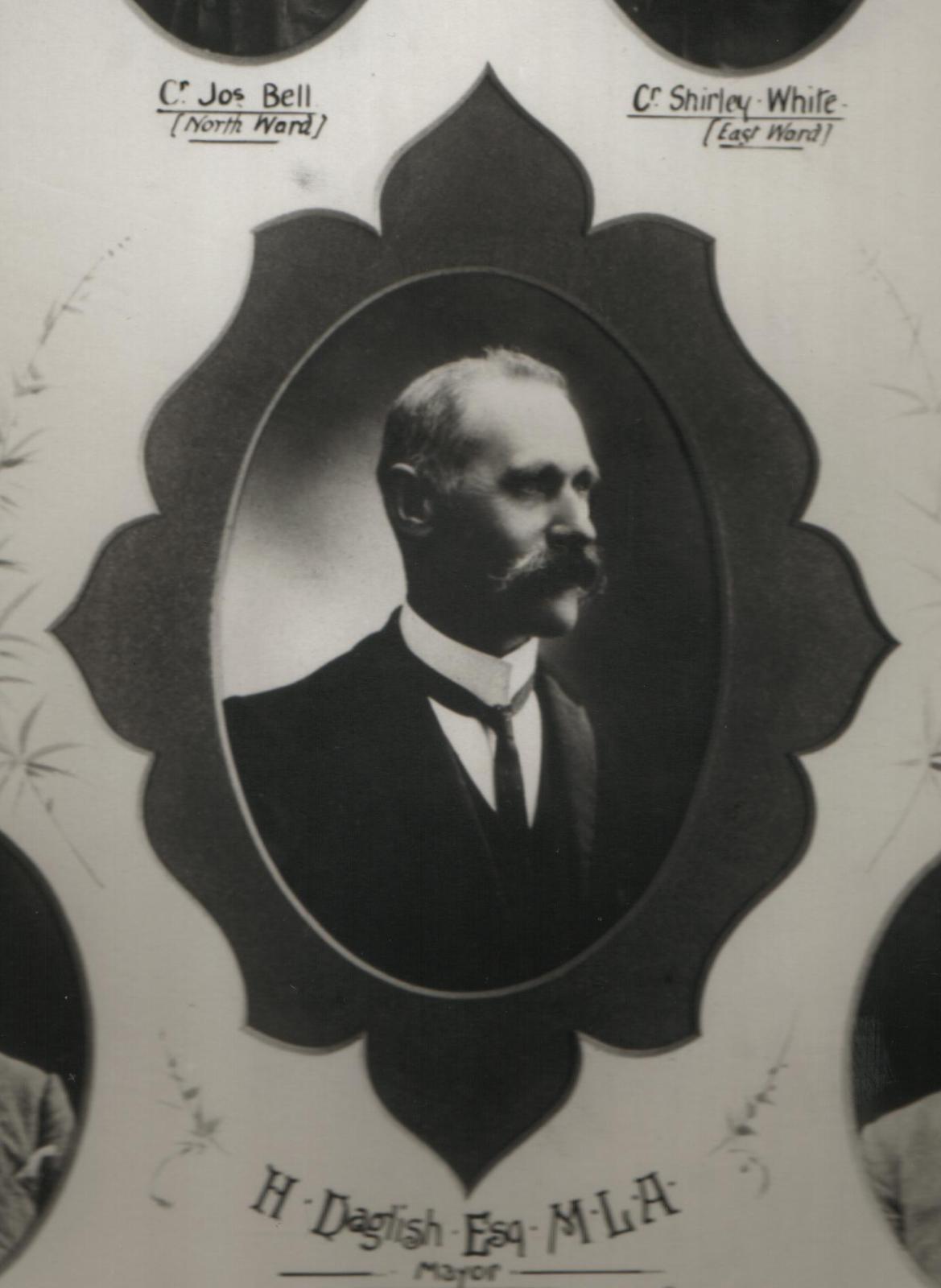
Henry Daglish
Photograph: Mayor and Councillors 1906 - 1907 (detail)
Subiaco Museum Collection, 2020.3.4
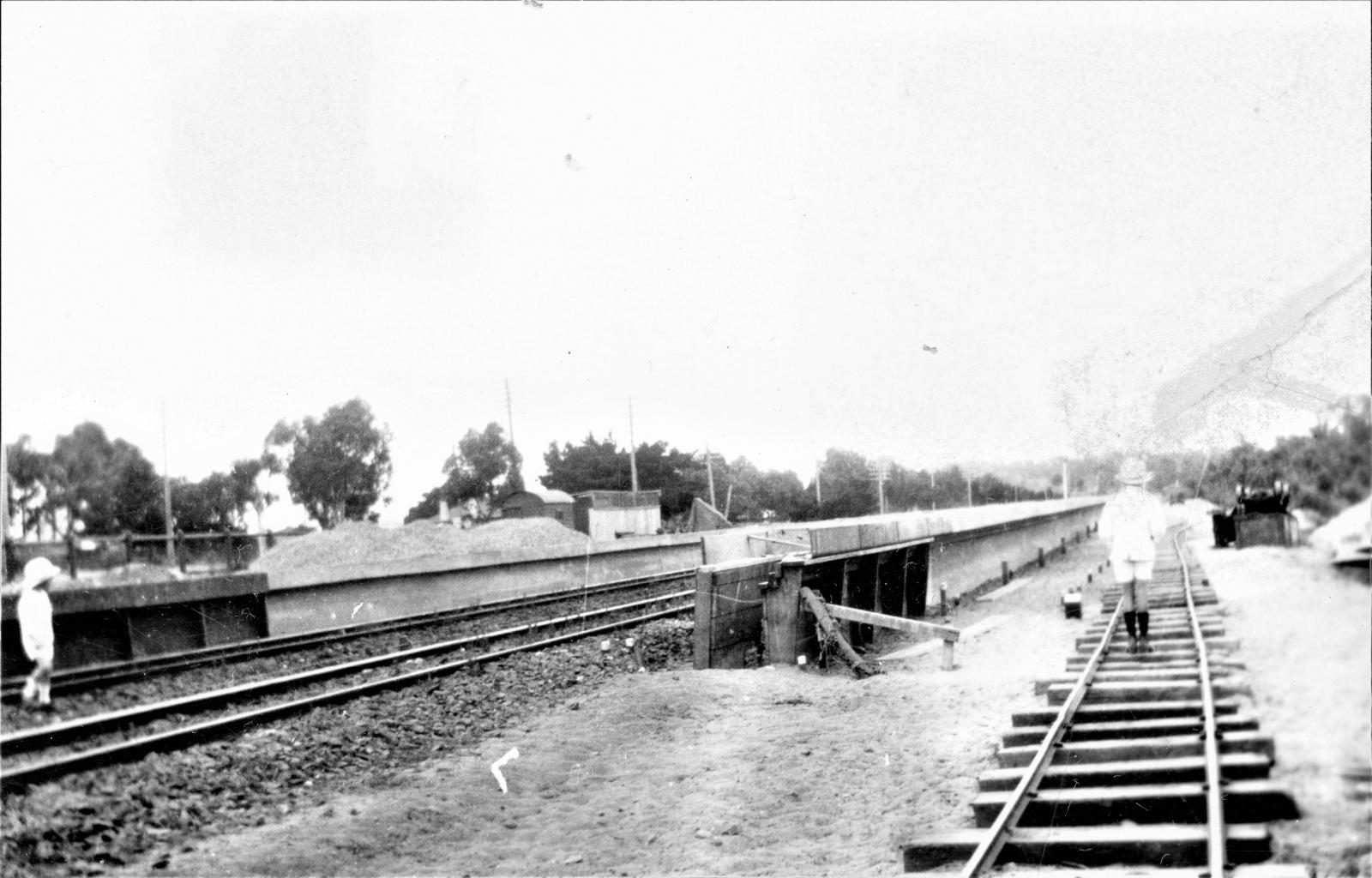
Station construction, Daglish
Photographer – unknown
Date – January 1924
Image Courtesy of Rail Heritage WA, P01066
Daglish Station served as a freight depot until the 1940s which meant it required space for turning the horse-drawn wagons which remained in use at this time. This is the reason for McCallum Avenue being unusually wide and McCallum Park being located nearby.
As with most suburban railway stations at the time, Daglish Railway Station served as a ticketing and parcels office until Western Australian Government Railways (WAGR) changed their freight practices in the late 1960s. A Station Master was on duty from 8am-4pm and an assistant Station Master from 4pm-midnight. The position of Assistant Station Master was abolished in October 1962 and the station master position in January 1970, leaving the station unattended by WAGR staff from January 1970.
The station was closed between 1979 and 1983 when the Fremantle-Perth line was decommissioned.
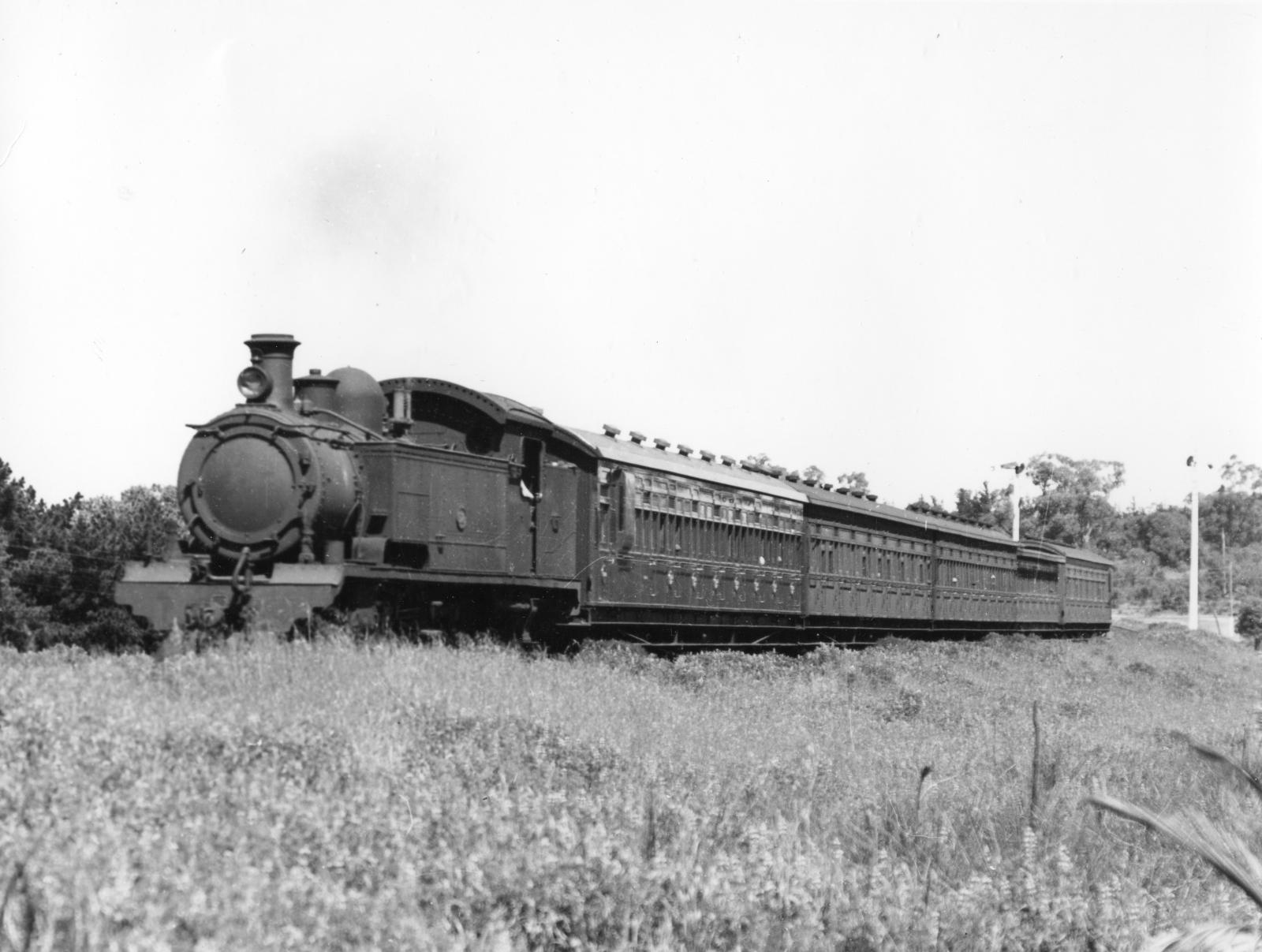
DS class loco hauling suburban passenger train, Perth bound approaching Daglish, view along the train.
Photographer: Western Australian Government Railways
Date: unknown
Image courtesy of Rail Heritage WA, P10259
Although constructed in the Inter-War period, the Daglish Railway Station is a small single storey brick building displaying elements of a suburban Federation Bungalow style of building with its red brick, large tiled roof planes and wide verandahs.
The plan form of the station buildings is very simple with two separate small buildings under one roof creating a covered seating area between. The former ticket office is located to the south west end and comprises 3 rooms and the former ladies waiting room is located to the north east end and comprises two rooms.
Apart from bricking in of the windows and a doorway, and the stripping of the interior, the Daglish Station building, platform and the subway remained as constructed in 1924.

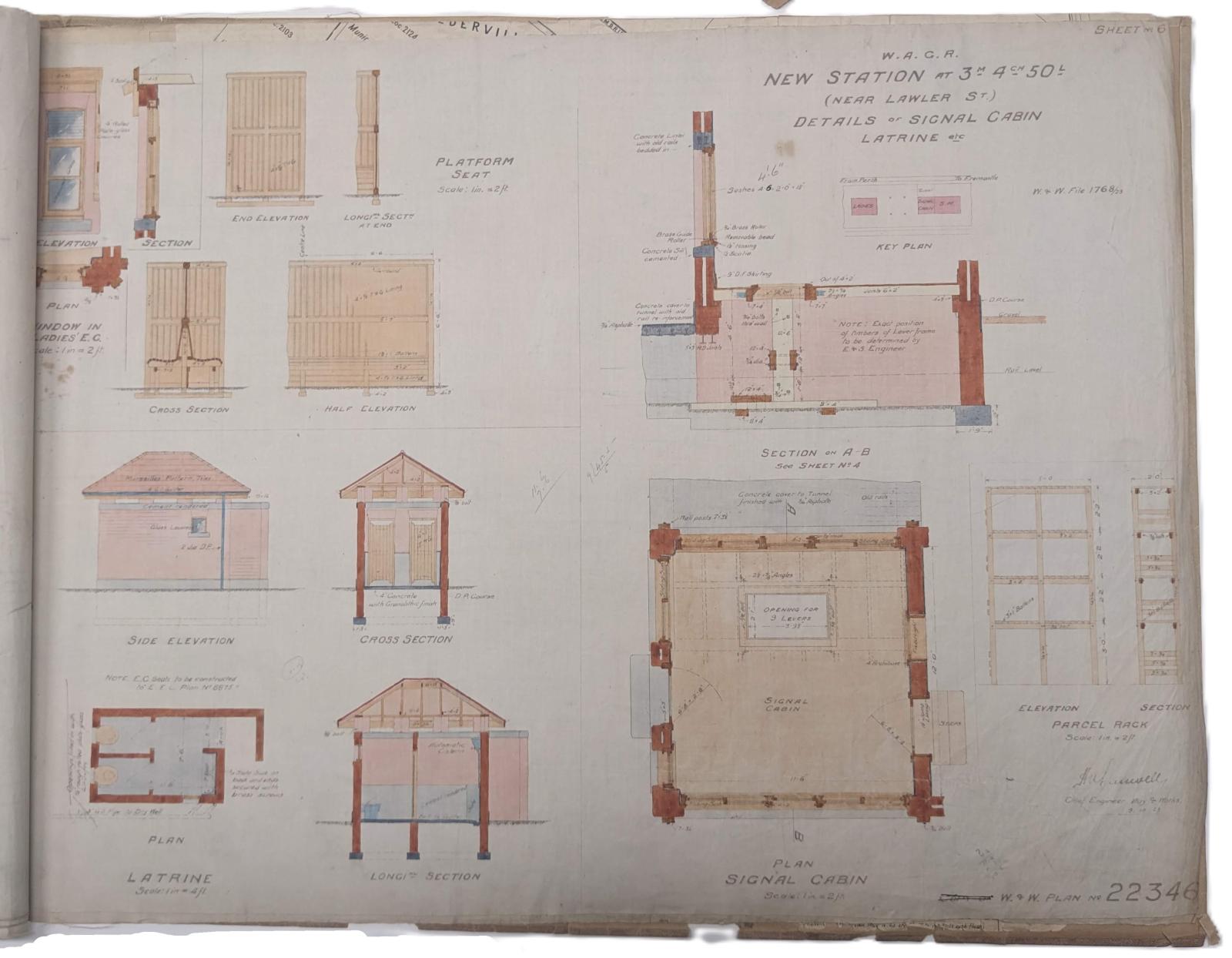

Original drawings: Daglish Station Buildings
Date: 1923
Images courtesy of State Records Office, WAGR Plan 22346/8 Sheet 4 Cons 1781 Item 22106
After the station was built in 1924 the suburb of Daglish was subdivided from the railway reserve, and lots were auctioned in 1925. The lots were large allowing ample space for lawns and flower beds at the front of the house; the street layout included curved streets; public reserves provided places for recreation; and there was space for the development of tree-lined streets with generous grassed verges.
Parts of the new subdivision were set aside for Workers House Board housing. This initiative aimed to provide affordable, high-quality housing for those who needed it most. The architects at the Workers' Homes Board drafting office played a crucial role in shaping Daglish's mid-1930s residential design landscape.
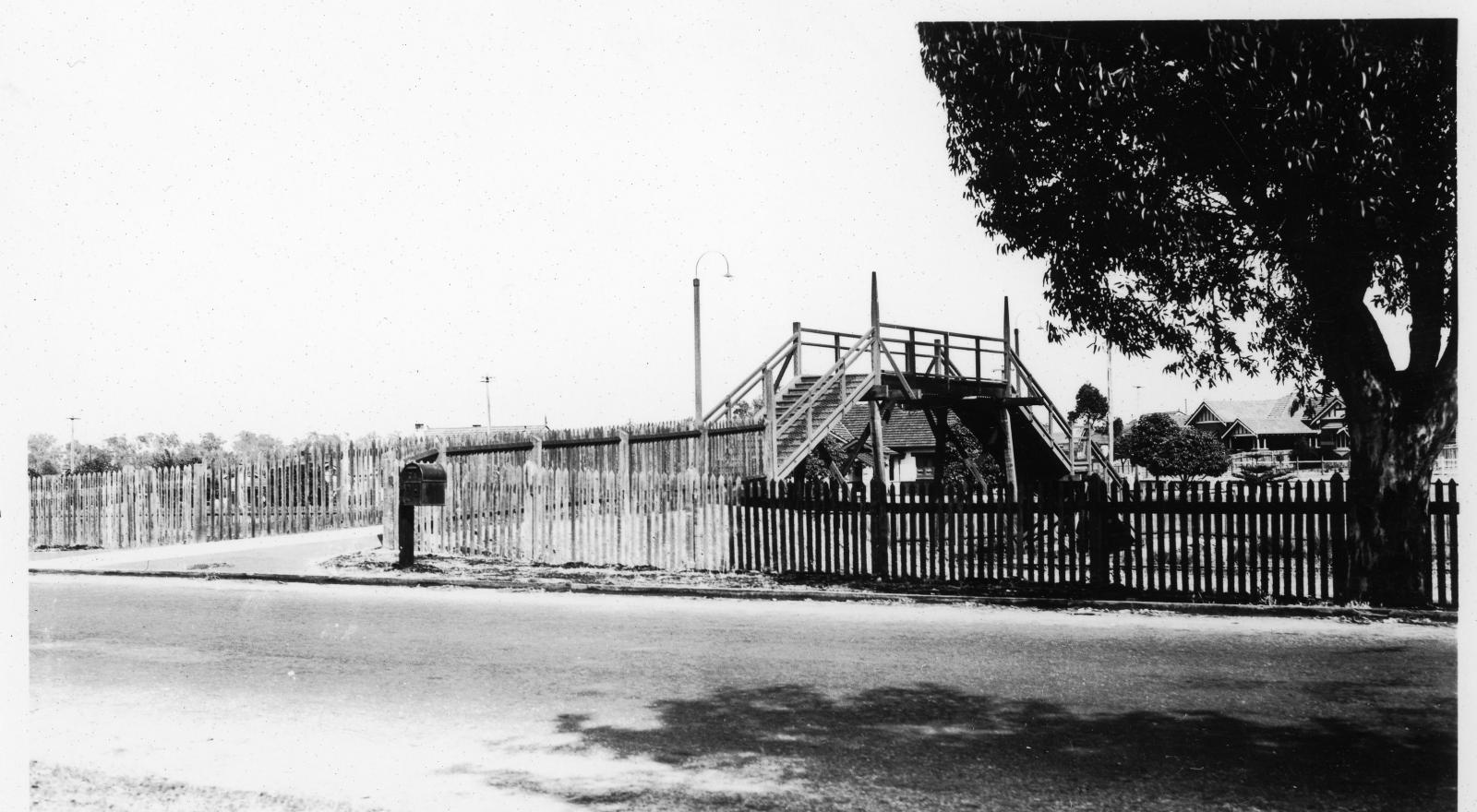
Pedestrian Footbridge, Daglish
Photographer: unknown
Date: 1938
Image courtesy of Rail Heritage WA, P23119
Not every railway station has its name spelt out in greenery, but there is a trimmed hedge beside the Daglish station on the Railway Road frontage that leaves passengers in little doubt that this is indeed DAGLISH. The hedge that spells ‘DAGLISH’ has been in existence sporadically since the 1930s, and Daglish has in the past been well known for this hedge and its ornamental gardens.
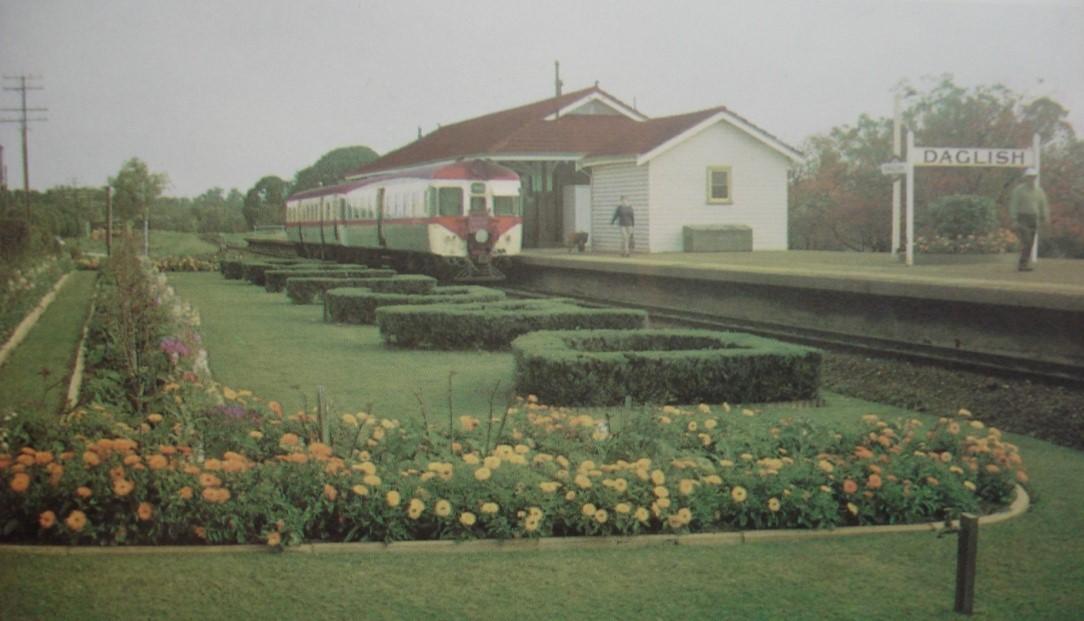
Daglish Ornamental Gardens
Date: circa 1965
Image courtesy of Modern Travel Services, WAGR promotional pamphlet, 1973.
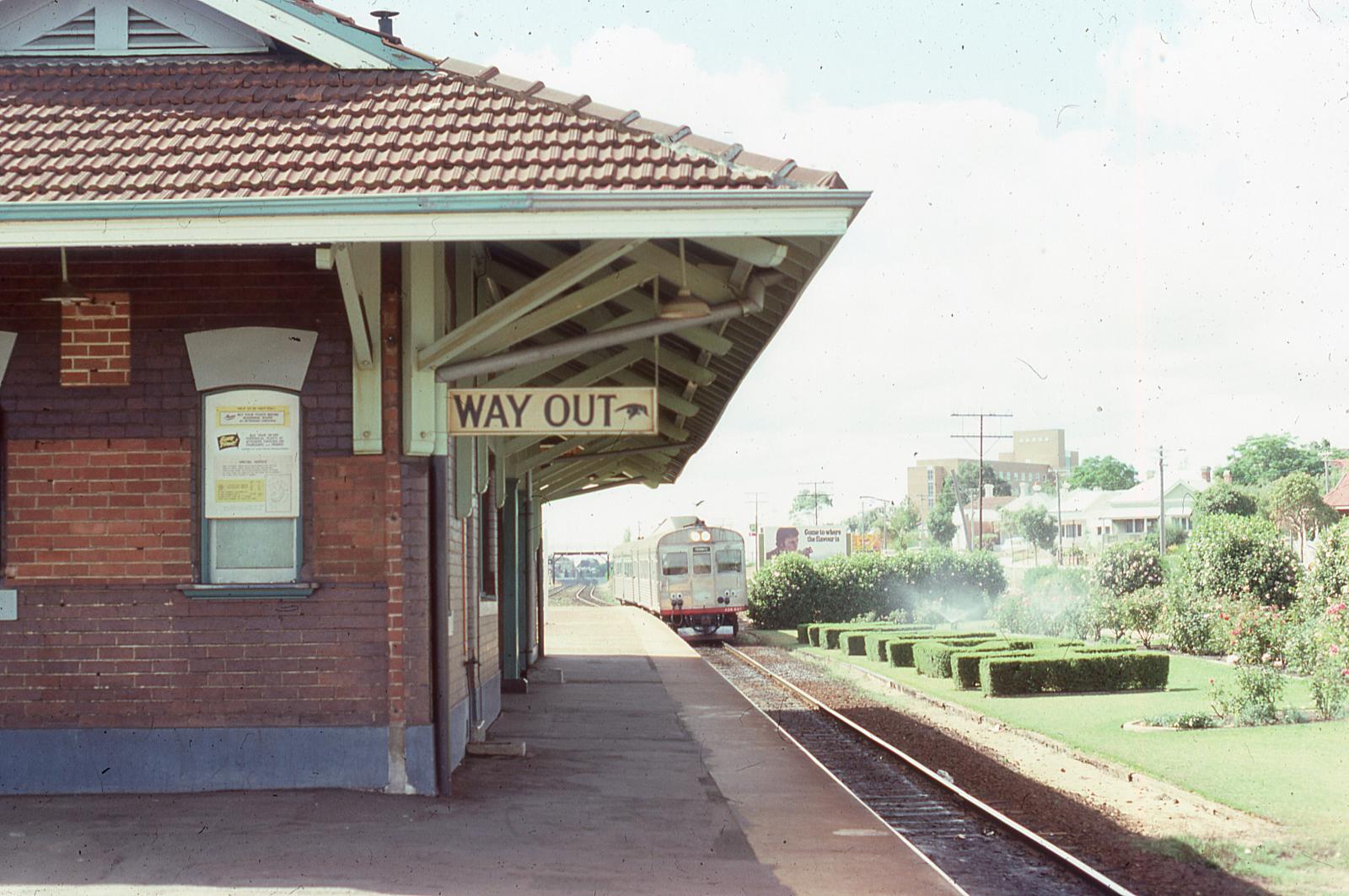
Stainless steel DMU set, station building, platform, trackside lawn and hedge, Daglish, ER line, view from platform
Photographer: L. G Watson
Date: April 1975
Image courtesy of Rail Heritage WA, P19851
The Significance of the Daglish Railway Station
Daglish Railway Station and Subway, has been included on the City of Subiaco Heritage List and is of cultural heritage significance for the following reasons:
- It was the stimulus for the development of the suburb of Daglish;
- It has rarity value as the only station built in the 1920s for the Fremantle to Midland line, and remains considerably intact;
- It contributes to the streetscape, the community’s sense of place, and has strong landmark qualities as a centrally located station, subway and nearby railway crossing that connects Daglish to its founding suburb of Subiaco and is most well known for the ornamental gardens, impressive in times past, and the station name spelt out as a hedge, unique to this station since the 1930s;
- It demonstrates the operations of a railway station in the 1920s. It was built in the days of steam trains and has altered over time to accommodate the changes in rail travel to diesel and subsequently electric rail;
- It is a late example of a simple utilitarian building with characteristics of the Federation Bungalow style of architecture; and,
- It was named after Henry Daglish, Subiaco Councillor, Mayor and the first Labor Premier of Western Australia.
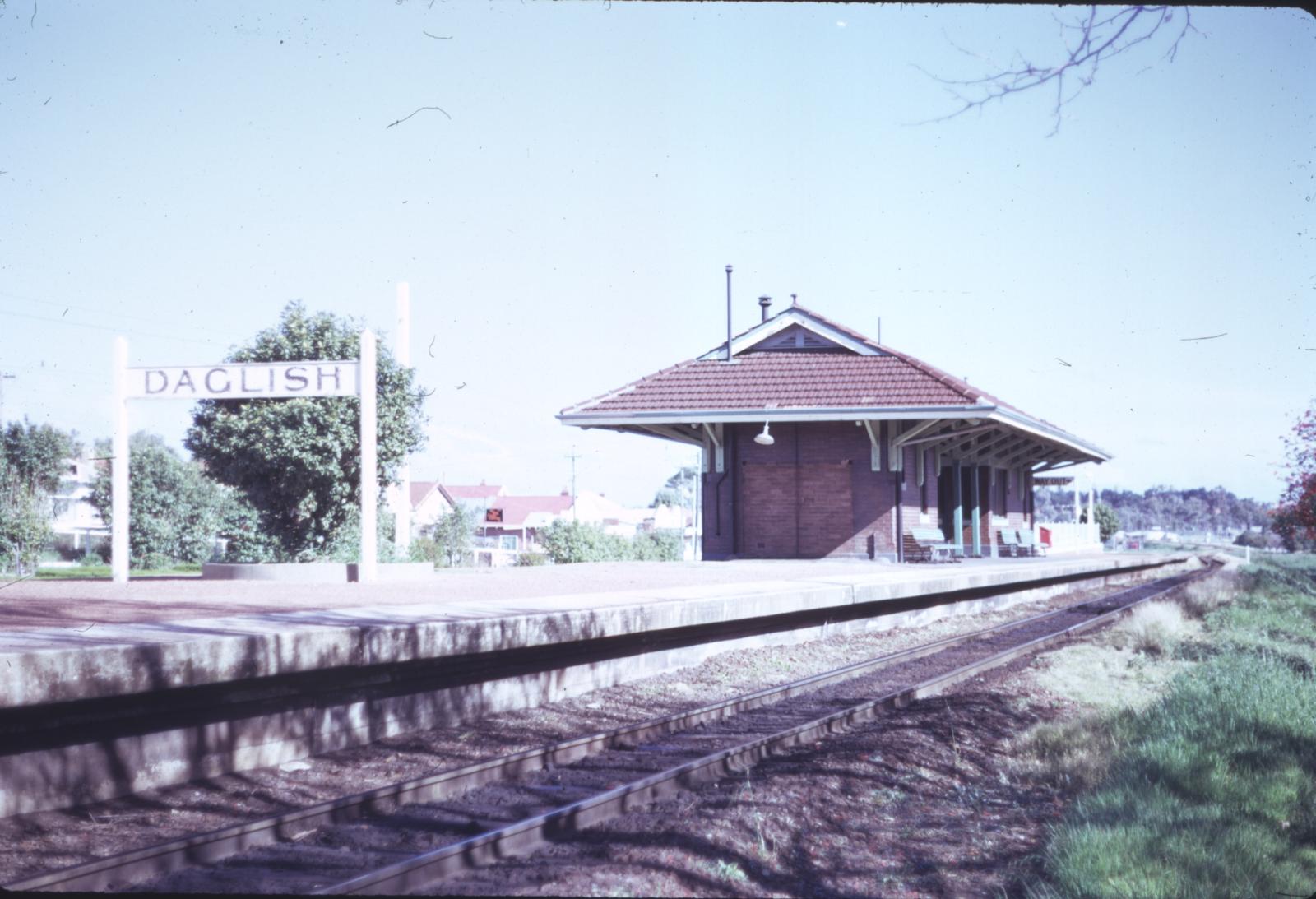
Nameboard, station building, Daglish, view along the platform.
Photographer: L. Englund
Date: 1974
Image courtesy of Rail Heritage WA, P14384
Additional collection items related to this story can be accessed below.
